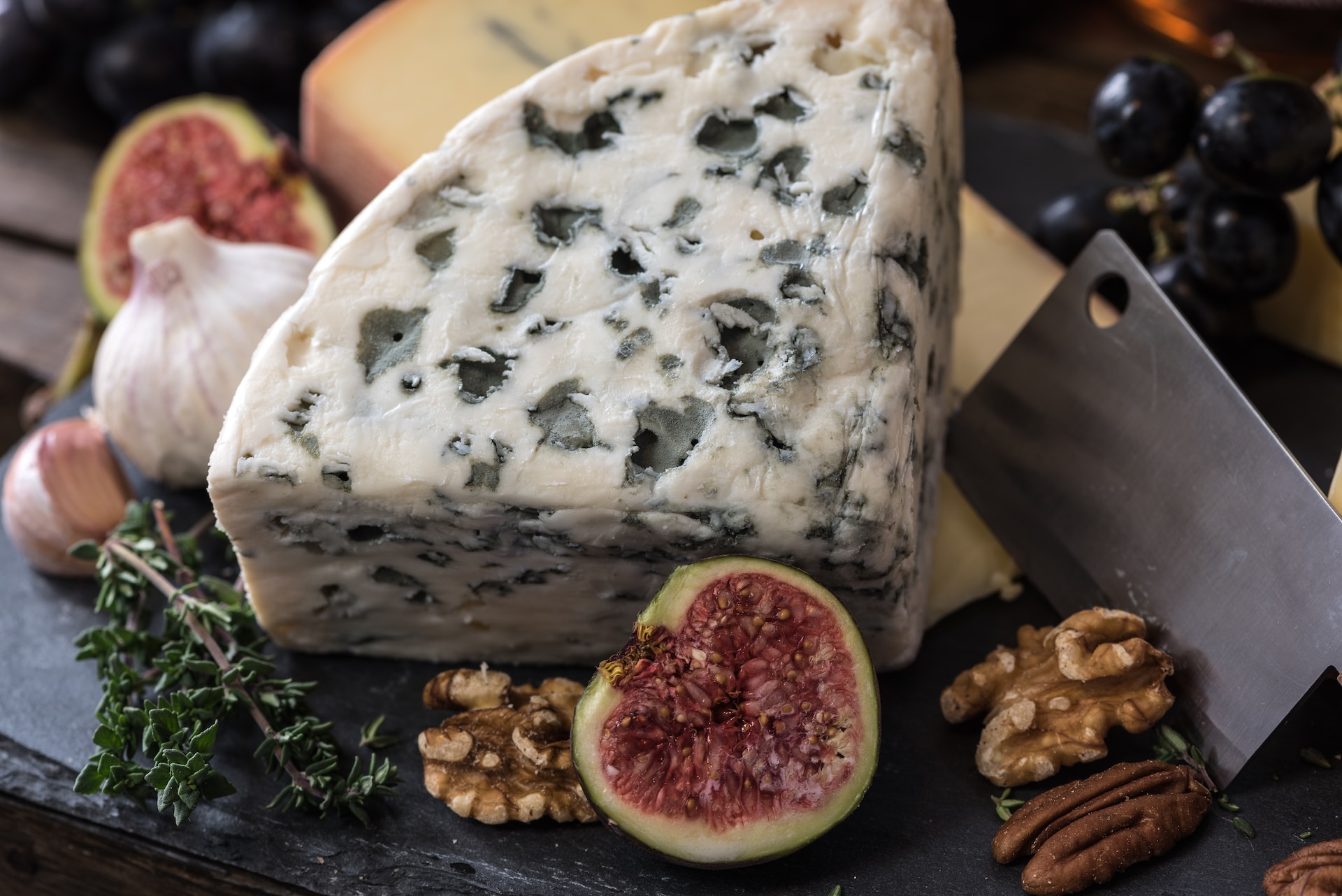Do you love aged goat’s cheese and dream of being able to enjoy it at home, homemade? Good news, it’s entirely possible!
Choose the right goat’s milk
The first essential step in obtaining delicious goat cheese is choosing the right milk. Preferably opt for raw goat’s milk, which will bring a more authentic flavor to your cheese. Make sure the milk comes from healthy goats raised in good conditions.
Use specific lactic cultures
To achieve the perfect texture and taste, it is important to use specific lactic cultures when making your goat cheese. These cultures promote the development of good bacteria and contribute to ripening. Check with a specialty store to find the crops suited to your recipe.
Master the curdling technique
Curdling is the crucial step in making goat cheese. It consists of coagulating the milk by adding rennet, which separates the whey from the curds. To obtain perfect curdling, respect the resting times indicated in your recipe and be sure to maintain a constant temperature. You can also use a thermometer to check the temperature.
Give your cheese time to mature
After unmolding your cheese, it is time to mature it in the cellar. To do this, you will need a cool and humid place, with an ideal temperature of 10 to 15°C. Make sure the area is well ventilated to avoid the formation of unwanted mold. Let your cheese mature for at least two weeks, turning it regularly.
Customize your cheese with herbs and spices
Once your goat cheese is matured, you can personalize it by adding herbs and spices. The possibilities are limitless ! You can opt for Provence herbs, Espelette pepper, garlic or even cumin. Let your creativity speak and surprise your guests with unique flavors.
Enjoy your goat cheese with indulgence
Finally, the long-awaited moment has arrived: tasting your matured goat cheese. To appreciate all the flavors, take it out of the refrigerator a few hours before eating it, so that it regains its creamy texture. Accompany it with fresh breads, jams or dried fruits for a gourmet tasting.

the unexpected benefits of goat cheese
If making your own goat cheese at home is a taste pleasure, consuming this delicacy also offers many health benefits. Little mentioned, these benefits nevertheless deserve to be highlighted for all goat cheese lovers.
Rich in protein and calcium
Goat cheese is a considerable source of high-quality proteins, essential for the proper functioning of our body. These proteins play a key role in tissue repair, enzyme production and hormonal regulation. In addition, the calcium it contains contributes to bone health, thereby reducing the risk of osteoporosis.
A good alternative for those who are lactose intolerant
Surprising for some, goat cheese contains less lactose than cheese made from cow’s milk. Thus, it can be an excellent alternative for people with intolerances. Its digestion is often easier, and it is generally better tolerated by the stomach.
Source of good fats and vitamins
Goat cheese is rich in essential fatty acids, including omega-3 and omega-6, which are beneficial for the heart and brain. In addition, it contains essential vitamins, notably vitamin A, known for its positive effects on vision and the immune system.
Probiotic effect for the intestinal flora
The lactic cultures used in the manufacture of goat cheese promote the development of bacteria beneficial to our intestine. These probiotics improve digestion and strengthen the immune system.
Stimulating the taste buds and culinary creativity
Beyond the health benefits, goat cheese offers a range of flavors and textures. Its ability to pair with a variety of herbs and spices, as previously mentioned, opens the door to countless culinary creations. Whether salads, pies or stews, goat cheese brings a unique touch that will delight gourmets.
The environmental impact of goat farming
The production of homemade goat cheese, beyond the taste pleasures it offers, leads us to question the ecological footprint of goat farming. While many fans appreciate the delicate flavor of goat cheese, it is crucial to understand the impact of this passion on our environment.
A lower carbon footprint compared to other farms
Raising goats generally has a lower carbon impact than raising cows or sheep. Goats tend to require less space and can feed on a wider variety of plants, including those that might be considered “weeds” in other contexts. This reduces the need to clear new land or to grow cereals for their food, thus reducing their ecological footprint.
Promotion of biodiversity
Unlike factory farming methods, small-scale goat farms often promote biodiversity. Goats graze on plants that other animals may ignore, allowing those plants to thrive. In addition, these animals are often raised in agroforestry systems or mixed farming, where their presence helps maintain and regenerate the soil.
Less water consumption
Raising goats generally requires less water than raising cows or pigs. As water becomes an increasingly scarce resource in many parts of the world, choosing goat cheese can be a more responsible way to satisfy our cheese cravings.
Waste beneficial for the soil
Goat droppings are excellent natural fertilizers. They are rich in essential nutrients that promote plant growth. Farmers can use them to enrich their soil, reducing the need for chemical fertilizers.
However, as with any product, the key lies in moderation and making informed decisions. If you decide to consume goat cheese, opt for products from responsible farms, which practice environmentally friendly agriculture. Ultimately, being an informed consumer means contributing to a more sustainable world while enjoying the pleasures of the table.
Pizza, the perfect dish to highlight the goat cheese
Pizza is one of the most loved and ordered recipes around the world. Preparing a pizza is not an easy thing for everyone. The preparation of the pizza dough, the ingredients, the cooking time must be mastered with your fingertips for a successful pizza. Fortunately, in supermarkets, you can buy frozen pizza directly. Although the pizza is already full of ingredients, you can transform a frozen pizza in personalized pizza. You can add your famous goat cheese for more taste. Goat cheese is an excellent cheese thanks to its nutrients. It is rich in protein and calcium and is an alternative for those who are lactose intolerant. It is also a source of good fats and vitamins.
However, cooking a frozen pizza is often problematic. However, cooking a frozen pizza must be perfect. The temperature for cooking your pizza is 200°C. Its cooking time is between 10 minutes to 20 minutes. This cooking time should not exceed the maximum lest the tomato sauce make the pizza dough soggy.
Currently, there are frozen pizzas with the ingredient: goat cheese. But if you want to buy one pizza with other ingredients, you can add your homemade goat cheese. So you will have more taste in front of you. The advantage of a frozen pizza is the considerable time saving. Preparing a pizza requires at least two hours with the dough resting so that it can double in volume. By buying from a supermarket, you will save a lot of time, especially for parties where time is not your friend.












